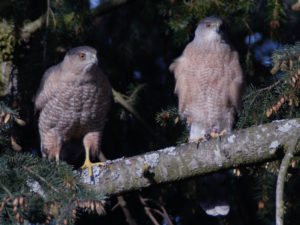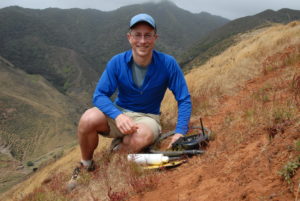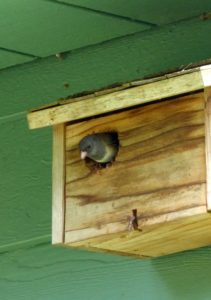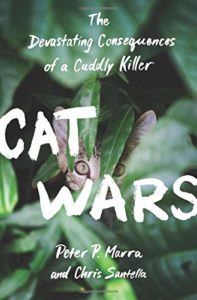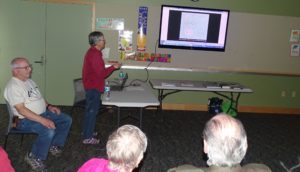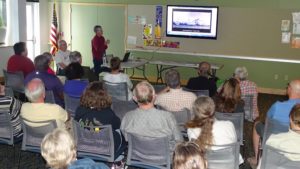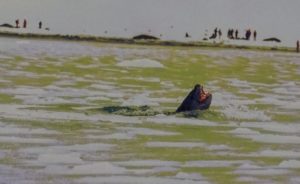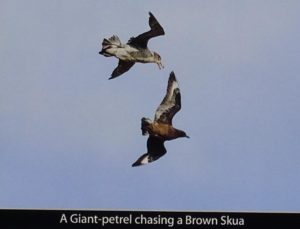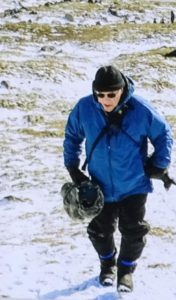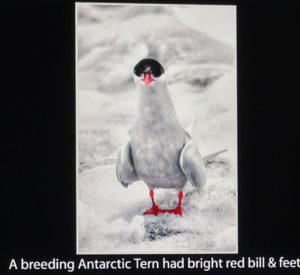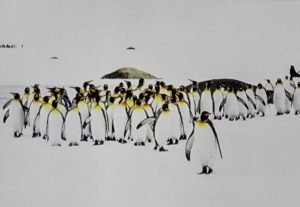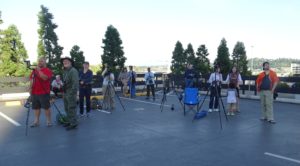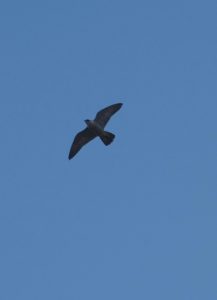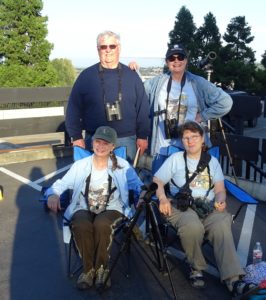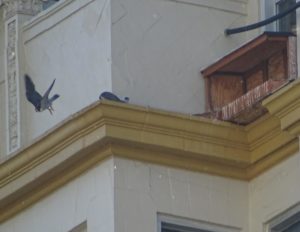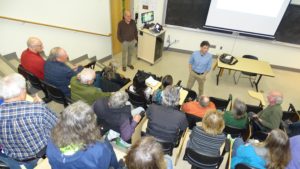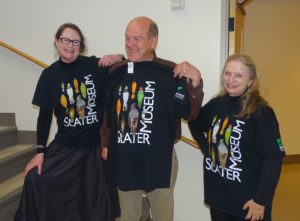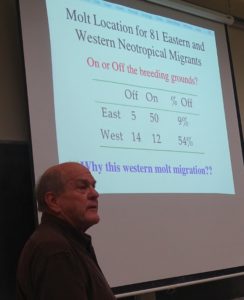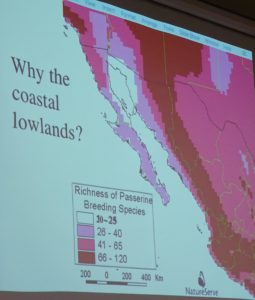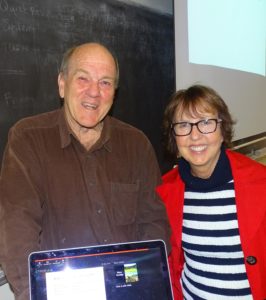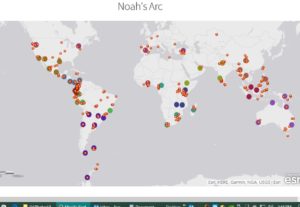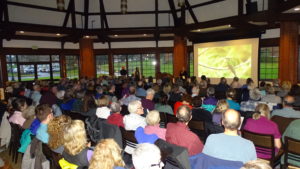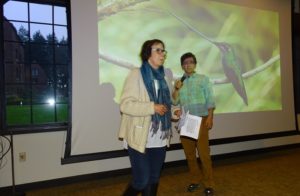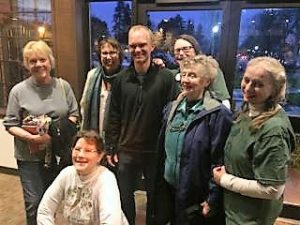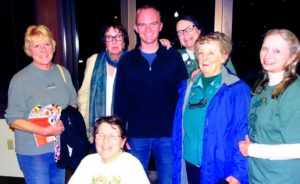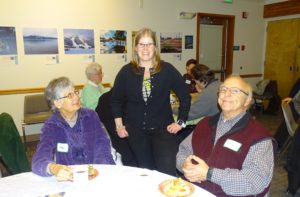October 11, 2017, 7:15 PM (NOTE later time) – University Place Library: ED DEAL presents SEATTLE’S ADAPTABLE URBAN COOPER’S HAWKS.
25 years ago Cooper’s Hawks began colonizing urban & suburban landscapes throughout the US, evolving a tolerance for living in proximity to humans. Ed Deal, from the Seattle Cooper’s Hawk Project, will provide insights into these common but elusive raptors, covering the breeding season with photos and videos. The study, one of several in large US cities (e.g., Tucson, Milwaukee, Albuquerque), is monitoring the Seattle population nesting density and annual productivity. In addition, a color ID banding program looks at fledgling dispersal, longevity, and adult breeding and winter site fidelity. The results include annual increases in productivity, little evidence of migration, strong site fidelity and (mostly) short natal dispersal distances.
ABOUT ED DEAL: You would think someone born in Cooper Hospital and raised in Audubon, NJ, would be a child prodigy birder. But Ed’s mid-life conversion involved taking Bud Anderson’s Hawk ID class in 1991. He went on to volunteer on Fall Migration hawk banding projects in the Goshutes Mtn, NV, Florida Keys and Cape May, NJ, in addition to Diamond Head, Chelan Ridge and Entiat Ridge in WA. He volunteered on Falcon Research Group’s 17-year study of nesting Peregrine Falcons in the San Juan Islands and just completed his 24th year monitoring nesting Peregrines in the Seattle area. For the last 6 years he has worked with a group of volunteers studying the expanding urban population of Cooper’s Hawks in Seattle. He holds a Federal Master Raptor Banding Permit. He is a graduate of the Seattle Audubon Master Birder Program and a recovering lister.
READ MORE: Lessons about Seattle from the Cooper’s Hawk:
http://crosscut.com/2017/09/seattle-coopers-hawk-bird-study-raptor/

